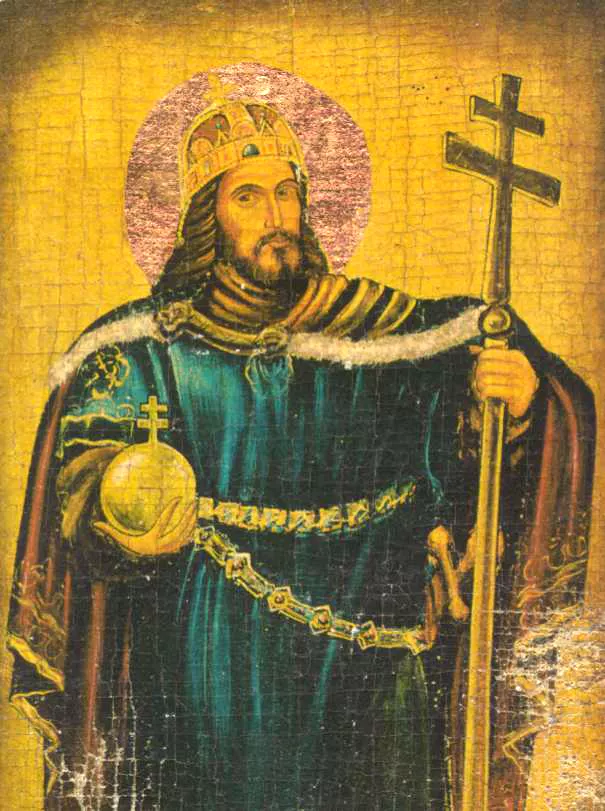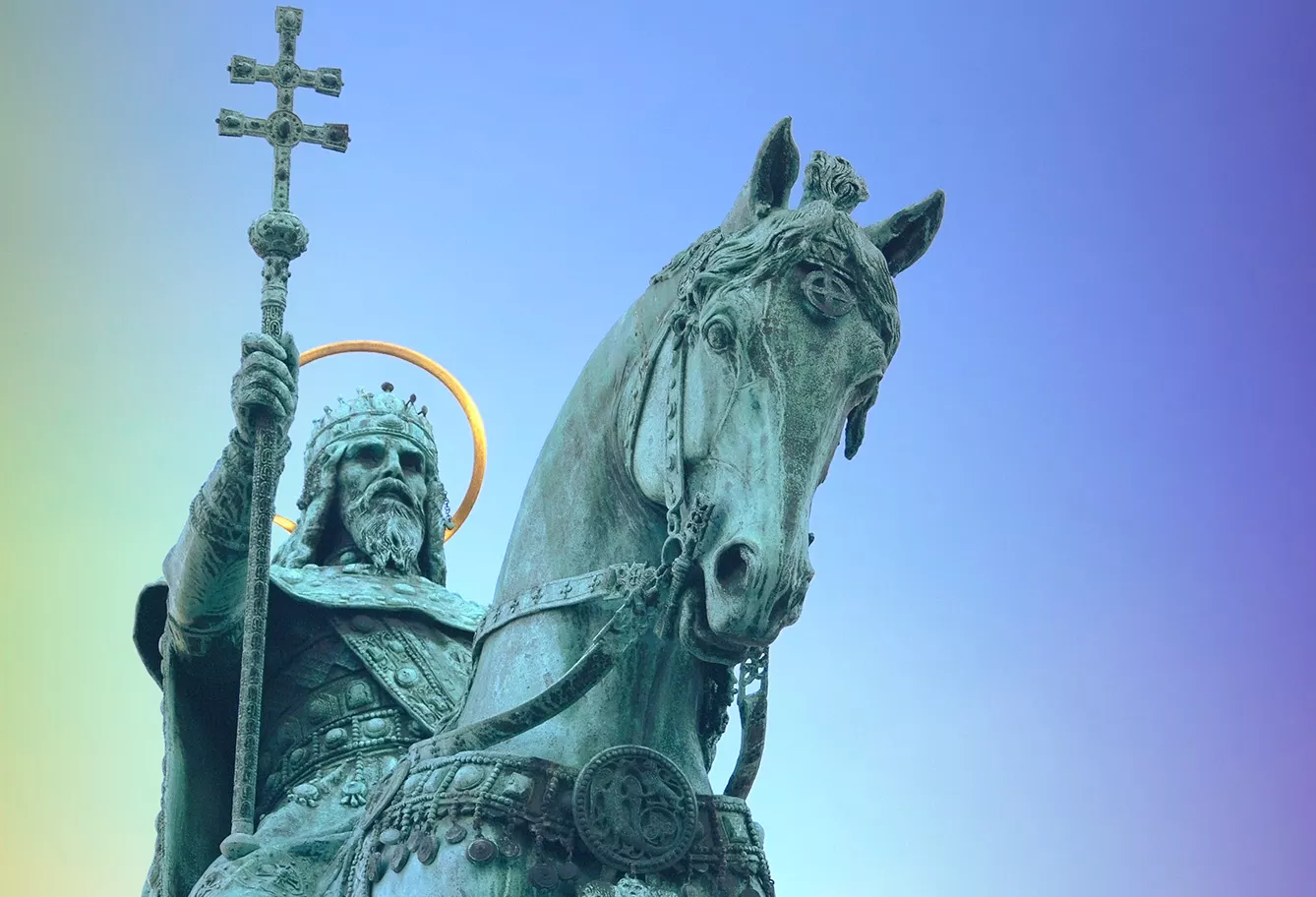In today’s international relations, we have gotten used to countries aligning forces – not technically alliances, but rather as groups with common interests. The Three Seas Initiative is one of those examples, with other examples including the Visegrad Four, the Baltic Countries, and the Scandinavian Union. But the tradition of such, dare we say, geopolitical initiatives goes back further and is likely a continuation of even older traditions.
St. Stephen’s Crown
Such was the case of St. Stephen’s Crown; a political category introduced as the Habsburg Empire became the Austrian-Hungarian Empire. Divided, as the name suggests, into two political entities, the latter became known officially as Countries under Saint Stephan’s Crown.

The other Saint Stephen, mind you. There were two notable saints of that name. Why ‘the other’? Because Austria’s capital, Vienna, has a gothic cathedral called Stephansdom, or St. Stephen’s cathedral, but… this is not the same person as the patron of the other half of the empire.
Vienna’s St. Stephen is known as the first martyr, stoned to death as described in Acts of the Apostles sometime around 33-36 AD, and is one of the most universal saints in Christianity. The Hungarian Stephen (who is usually called King Saint Stephen or Saint Stephen I of Hungary to differentiate him from the other Saint Stephen) was the first king of Hungary nearly one thousand years later.
Crowned on Christmas day of the year 1000, or on January 1, 1001 (both dates being suspiciously even), Stephen I was the last of the Hungarian Grand Princes before the Pope presented him with a royal crown. As such, he gave birth to the dynasty called Árpád, named after a hundred years earlier chief who led the Hungarian tribal confederation to conquer the Carpathian Basin.
Christianity introduced to Hungary
The dynasty was later dubbed “Kindred to the Holy Kings,” as no less than eight of its members were declared saints of the Catholic Church. And two of them are also recognized by the Eastern Orthodox Church, with Saint Stephen being one of them.
But why the saint? Well, one of the factors was that royalties of Central Europe, still forming at that time, were in the fast lane to get the title. And so was Stephen – a devout Catholic (both their parents were baptized but not observant), who introduced Christianity to Hungary and vice versa.
Cruel as it could be, with severe punishments for practicing pagan customs, he also made the Hungarian church independent from the Holy Roman Imperial one by establishing his own archbishopric and several dioceses and funding several monasteries.
Of course, Stephen’s rule, stretching to his death in 1038, didn’t only consist of the Christianization of the country. In several stages, the Hungarian King consolidated his own (and hereditary) power in Hungary. Through a series of wars, he secured its borders against Poles, Bulgarians, and the Holy Roman Empire.
The unopened coffin of St. Stephen
Both goals were, in the end, the same. As the king of Hungary, St Stephanus I introduced the first Christian country in that part of Europe. Thanks to his cunning political prowess, he conquered the area for Christianity itself. Hence, an array of countries later united under his name and his sanctity.
He was proclaimed a saint in Western Christianity quite quickly, though not immediately, in the 1080s. When it happened, one of King St. Stephen’s heirs held his cousin in captivity to assure consolidation of power. The legend has it that King St. Stephen’s coffin could not be opened so long as the cousin was imprisoned. And when the tomb was unsealed, many healing miracles were observed.
And a thousand years after the coronation of King Stephen, his status as a saint was recognized by Ecumenical Patriarch Bartholomew I of Constantinople. In the 2000s, the thousand-year-old king of Hungary still has a certain power over the living.







